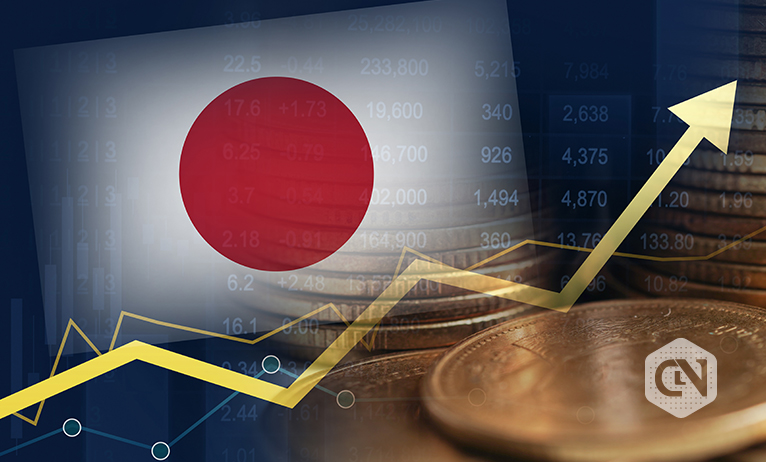Foreign exchange India has broken the record once again with its significant achievement of exceeding an 11-week peak, settling forex reserves at $595 billion. In this article, we will discuss the economy’s record-breaking achievement and its economic implications, the future Outlook of the economy, sectoral impact, and more.
Give Record-breaking Figures
India’s foreign exchange reserves rose to an 11-week high of $595.40 billion, as shown by the Reserve Bank of India (RBI) data. The reserves increased by almost $5 billion, one of the most significant gains in the last four months. Changes in the foreign exchange market and currency assets can be attributed to the central bank’s intervention and the appreciation or depreciation of the assets held in the reserves.
Forex reserves also include India’s reserve tranche position in the International Monetary Fund (IMF). During the 11-week high, according to Forex data, the rupee traded between Rs. 83.01 and Rs. 83.33 against the US dollar.
Mention Economic Implications
Forex Reserves play a vital role in the economic resilience and stability of the nation. The record-high reserves in the foreign exchange market protect against sharp declines in the currency value, especially during market volatility. High forex reserves in India strengthen the economic position in global trade and finance and comfort the central bank and the government in managing internal and external financial issues. Significant foreign exchange reserves also ensure India meets its forex requirements and external debt obligations.
Comparison to the 11-week Peak
As the Reserve Bank of India stated, India’s foreign exchange witnessed an increase of $5.077 billion, making the total forex reserves $595 billion. Before this 11-week Peak, there was a decline in the forex reserves by $462 million, which brought the total to $590.32 billion during the week of 10 November.
Advertisement
The forex fell in its reserves as the RBI used the funds to protect the currency against external pressures from recent global developments. The foreign currency assets measured in US dollars reflect the effects of the appreciation/depreciation of other non-US currencies, including the pound, yen, and euro held in forex reserves.
According to the Weekly Statistical Supplement released by the RBI, an increase was projected in Foreign Currency Assets (FCAs) by almost $4.39 million, which took the total amount to 526.3$9 billion. The FCA accounts for the effects of appreciation/depreciation of other currencies expressed in dollars.
Future Outlook
The 11-week Peak in India’s foreign exchange reserves increased total and liquid debt while reducing debt maturity. The increase in forex reserves leads to an eventual and permanent reduction in consumption depending on the interest rates of forex reserves, which are quite low.
However, the tradable sector being capital intensive, a rise in the forex reserves may enhance economic and investment growth.
The India foreign exchange reserves substantially impact the economy, especially the foreign exchange market. They serve as a protection against economic shocks, allowing governments to manage the rates of exchange. India’s foreign exchange reserves also help stabilize the domestic currency and enable the government to participate in the forex market. Additionally, having substantial forex reserves will enhance the economy’s credit rating, attracting more investments that will further increase forex reserves.
Sectoral Impact
Robust foreign exchange reserves foster confidence in national and international markets, assuring investors that the economy has all the required resources to fulfill external obligations and encourage financial market stability. The influx of forex investments heavily contributes to various sectors, especially manufacturing, information technology, and services, leading to an upward trajectory of the Indian forex reserves. These investments bring in additional forex foreign currencies, thereby adding more to the country‘s resources.
The foreign exchange market protects against any fall in the currency value during market volatility. To stabilize domestic currencies, the RBI supplies reserve currencies like dollars and prevents the domestic currency from excessive depreciation.
Advertisement
Various sectors benefit from rising foreign exchange reserves as it leads to the country’s currency appreciation. A strong currency enhances the purchasing power of individuals, investors, and businesses. In contrast, reduced import costs encourage more trading and investments, boosting investor confidence and attracting more foreign investments that foster economic growth.
Conclusion
To conclude, India’s economic prospects for 2023 and beyond can be characterized by a promising economic growth trajectory and optimism, with the current forex reserves exceeding the 11-week Peak. Various factors, such as a sustained growth of credit, increased expenditure on capital, and favorable regulatory policies, have contributed to this positive economic Outlook. India is less likely to slow down than other economies or the world economy. It has great potential to maintain the expansion speed, fostering growth in various sectors through reliability on foreign exchange reserves.







